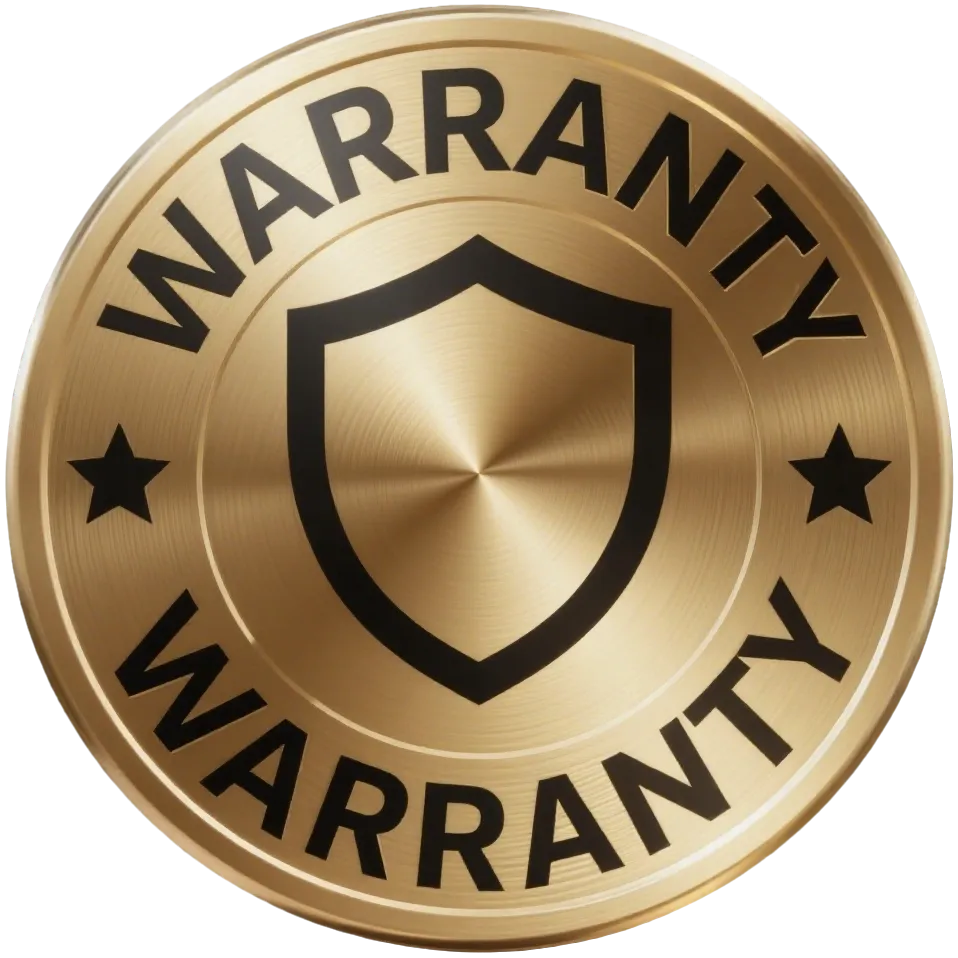How to use the AEGtest detector to test for radon?
Hey there, This is AEG test. Today, let's talk about how to use the AEG home radon detector.
When you receive your AEG test radon detector, the first thing you need to do is Power Up and Dial In Those Settings
Alright, let's kick things off by getting this bad boy up and running:
Fire up your AEGtest device - just give that power button a firm press.
Now, locate that nifty button on the right side and give it a click.
Navigate through the menu until you hit "Settings," then zero in on "Time & Date."
Here's where it gets crucial, folks - set that date and time with pinpoint accuracy.
After setting the date and time, configure the alarm threshold:
Navigate to "Settings" and locate "Alarm line"
Set the threshold to 3.999 pCi/L
Confirm with OK
The EPA recommends maintaining radon levels below 4.0 pCi/L. If concentrations exceed this threshold, immediate ventilation is advised. Your AEGtest detector will alert you when indoor radon levels surpass 4.0 pCi/L, signaling the need for air quality intervention.
Once configured, the device will continuously monitor your home's radon levels, ensuring your safety against this invisible threat.
Step 2: Location, Location, Location!
Now, let's talk about the science of placement. This is where the rubber meets the road in terms of accurate radon detection:
Do's (The Golden Rules):
Seek out the lowest, regularly inhabited area of your home. Basements are prime real estate for radon accumulation.
Maintain a minimum 3-foot (that's about 1 meter for our metric friends) buffer from doors, windows, and vents. We're aiming for stable air here.
Shield it from direct sunlight - UV rays can mess with the sensitive semiconductor sensors inside.
Don'ts (The Radon Detection Dealbreakers):
- Steer clear of open windows - we want to measure your home's air, not the great outdoors.
- Keep it off the floor - radon's heavier than air, but we want an average room reading.
- Wi-Fi routers are a no-go zone - electromagnetic interference can skew results.
- Humidifiers and heaters are off-limits - they create microclimates that aren't representative.
- No fans or blowers in the vicinity - they artificially circulate air.
- Heat sources like stoves or fireplaces are forbidden - they create convection currents.
- High humidity areas (looking at you, bathrooms!) can compromise the detector's accuracy.
Step 3: Initiate Testing Sequence
Once you've nailed the perfect spot, give it a good 10 minutes to acclimatize. You'll start seeing numbers pop up, but here's the kicker - those initial 1-3 hours? Anticipate fluctuating measurements. Don't let it throw you - this fluctuation is textbook behavior as the device calibrates to your home's unique radon signature.
Pro tip backed by science: For statistically significant results, let this precision instrument run for a minimum of 72 hours (that's 3 full days). Why the marathon? One reason is the amount of radon emitted from the ground and the amount that actually enters our home can change due to the following reasons:Temperature、Pressure、Humidity、Ventilation、Building insulation、Your home’s foundation、Snowfall、Ice、Rain、Earthquakes
while another important factor is radon will not be distributed evenly around a room.
Imagine adding a dash of cream to a cup of black coffee but not stirring it. If you then take multiple samples from a small spot of that coffee for the level of cream, you would get very different readings over time as the cream slowly blends in with the coffee. Radon sampling works in the same way.
As a result, AEGtest radon sensors give a short-term sample reading as well as an average long-term reading. This is why we recommend allowing your radon detector to measure for at least 3 days, so that the monitor can obtain enough air samples to provide a reliable long-term average.
After your 72-hour testing window, it's time to analyze that accumulated average. Let's break down what those numbers mean in terms of health implications and action steps:
0-2 pCi/L: You're in the green zone! Keep up the regular monitoring to ensure levels stay low.
2-4 pCi/L: Yellow alert. Time to boost ventilation and keep a vigilant eye on those numbers.
4+ pCi/L: Red alert, folks. This exceeds EPA action levels, and it's time to consult with a radon mitigation specialist ASAP.
Remember, radon distribution is analogous to cream in coffee - it's inherently non-homogeneous. That's precisely why we rely on long-term averages for a true representation of your home's radon profile.
Wrapping Up: Your Radon Defense Strategy
There you have it, radon warriors! You're now equipped with a comprehensive guide to wielding the AEGtest radon detector like a true environmental health professional. If you've found this deep dive illuminating, don't forget to smash that like button, share with your health-conscious network, and hit subscribe for more cutting-edge tips on maintaining a safe and healthy home environment.
Got burning questions about radon detection or mitigation? Drop them in the comments below, and I'll tap into my expertise to provide you with science-backed answers. Until our next rendezvous with radiation safety, this is AEGtest. signing off and reminding you to stay vigilant, keep testing, and breathe easy knowing you're taking control of your indoor air quality!
#RadonAwareness #IndoorAirQuality #AEGtestPro #EnvironmentalHealth #RadiationSafety





